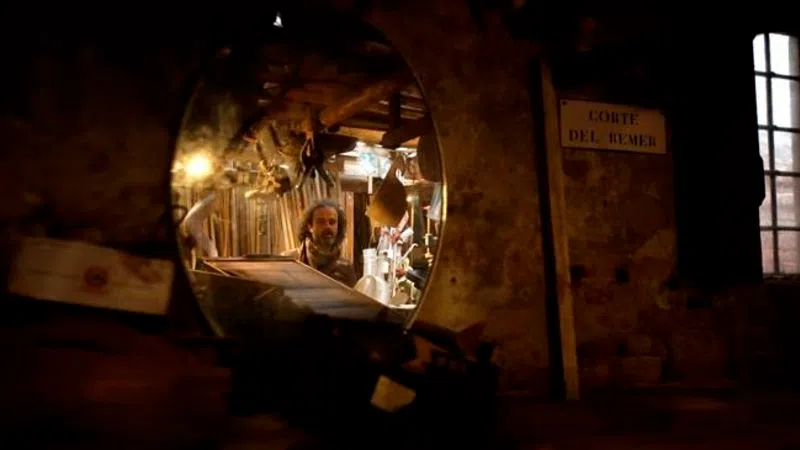
Flood-hit Venice’s dwindling population faces mounting woes
VENICE, Italy — One of only four oar makers for Venice’s famed gondoliers, Paolo Brandolisio wades through his ground-floor workshop for the third time in a week of record-breaking floods, despairing of any help from national or local institutions.
“If these phenomena continue to repeat themselves, you have to think about how to defend yourself,” he says. “Because the defences that the politicians have made don’t seem to be nearly enough.”
“You have to think of yourself,” he repeats.
Venetians are fed up with what they see as inadequate responses to the city’s mounting problems: record-breaking flooding, environmental and safety threats from cruise ship traffic and the burden on services from over-tourism.
